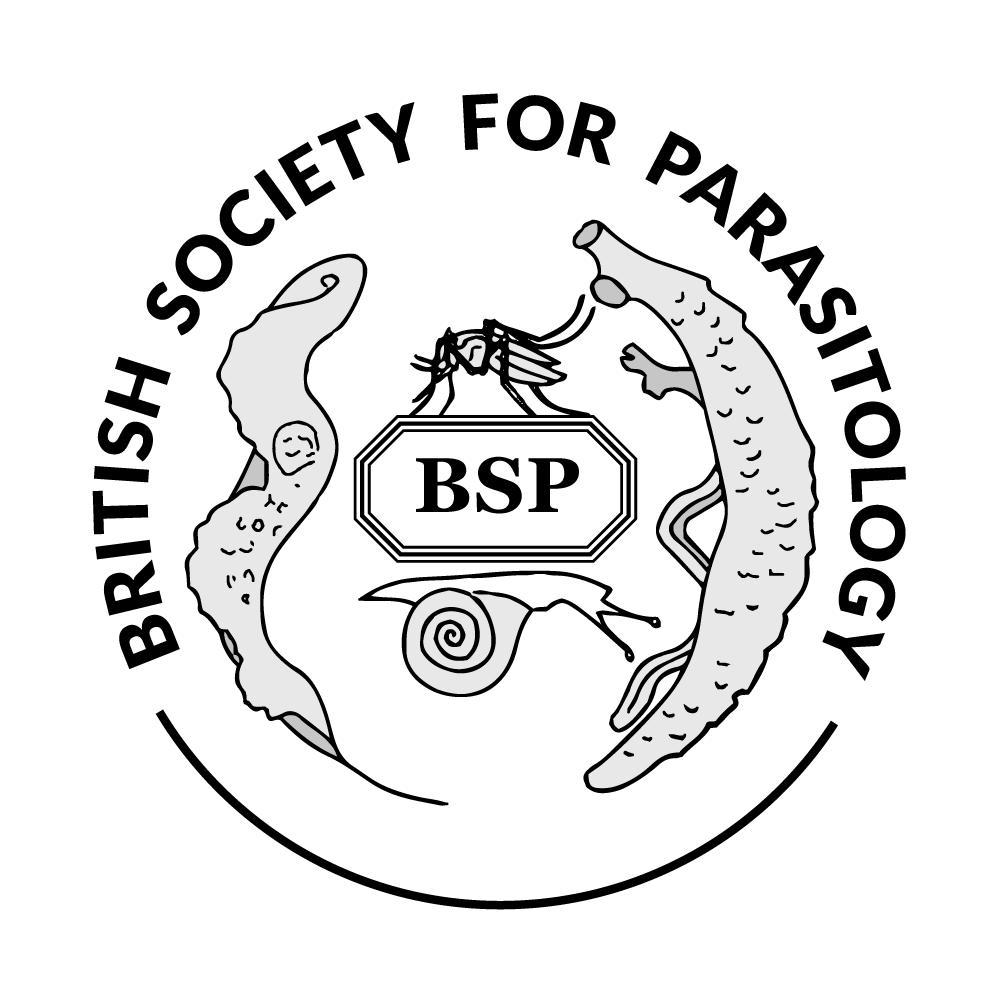

|
Time: To be announced
|
Where:
To be announced
Track:
Speaker:
|
Assessing awareness of neglected tropical diseases remains on the lower tier of the global health agenda. Disease awareness is bound to the context of the community, and therefore, available survey instruments validated elsewhere may not be solely adequate and appropriate for understanding the fundamental gaps in community awareness. This paper aims to describe how the community engagement and involvement (CEI) approach can be used to design and conduct surveys to assess community awareness of cutaneous leishmaniasis (CL) using the experience of a rural disease endemic region in Sri Lanka. Initially, a researcher-administered questionnaire was designed using the traditional approach. Even though the key sections and questions of the questionnaire were based on a preliminary literature search, how people term and interpret CL within their context was explored through participant observation and interviews conducted with people with CL. Going beyond the traditional approach of utilizing community members as ‘subjects’ for pretesting and piloting the survey instruments and procedures, we obtained inputs from people in different power hierarchies within the lay communities to improve the content and the structure of the preliminary survey instrument and the procedure of the actual implementation of the survey. Professionals in public health, education, and agricultural sectors were also involved. The questionnaire consisted of five key sections, including socio-demographic data, perceived causes of CL, awareness of signs and symptoms of CL, perceived susceptibility to acquiring CL, and awareness of the cure and prevention of CL. Most of the questions included in the first draft of the questionnaire were open-ended, which was a barrier to preserving the uniformity of the respondents’ answers when data was collected by different data collectors. With the inputs gained through the participant observations, key informant interviews, and focus group discussions conducted with community members and professionals, we restructured the questions into closed-ended questions by developing the most appropriate options. We simplified the language and terming of the questions to improve the clarity and contextualized specific questions related to socio-demographic data, including household income, expenditure, and assets, as those questions were sensitive and difficult to be answered. A selected group of key community members was actively involved in piloting the survey instrument in the selected study setting. They provided inputs for deciding the best time for delivering a community survey, assisted the research team in safeguarding and guiding the data collectors during home visits, and familiarized the data collectors with the study participants and study settings. This was beneficial in bridging the community and the research team, improving response rate, and ensuring completeness and accuracy of data. With the experience gained through working with the community, we understood that the questionnaire should be delivered as a conversation rather than a question-and-answer session to create a supportive environment for the respondents. To convince that, we changed the order of the questions and removed repetitive questions. We identified that professionals’ perspectives in conducting surveys differ from the practical implementation in natural study settings. A community perspective is essential to diminish this gap and to develop context-specific and culturally responsive surveys. These types of surveys could be used as the basis for developing effective data-driven public health interventions to prevent and control diseases, particularly the diseases neglected by the local and professional communities. Therefore, using the CEI approach in conducting surveys should be encouraged and strengthened as it will give ownership and say to the community regarding public health issues that matte